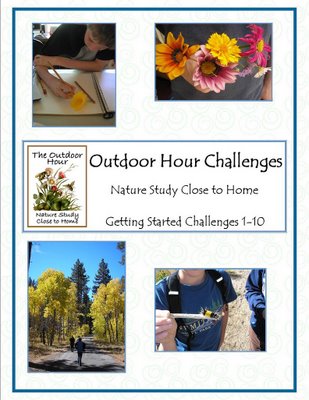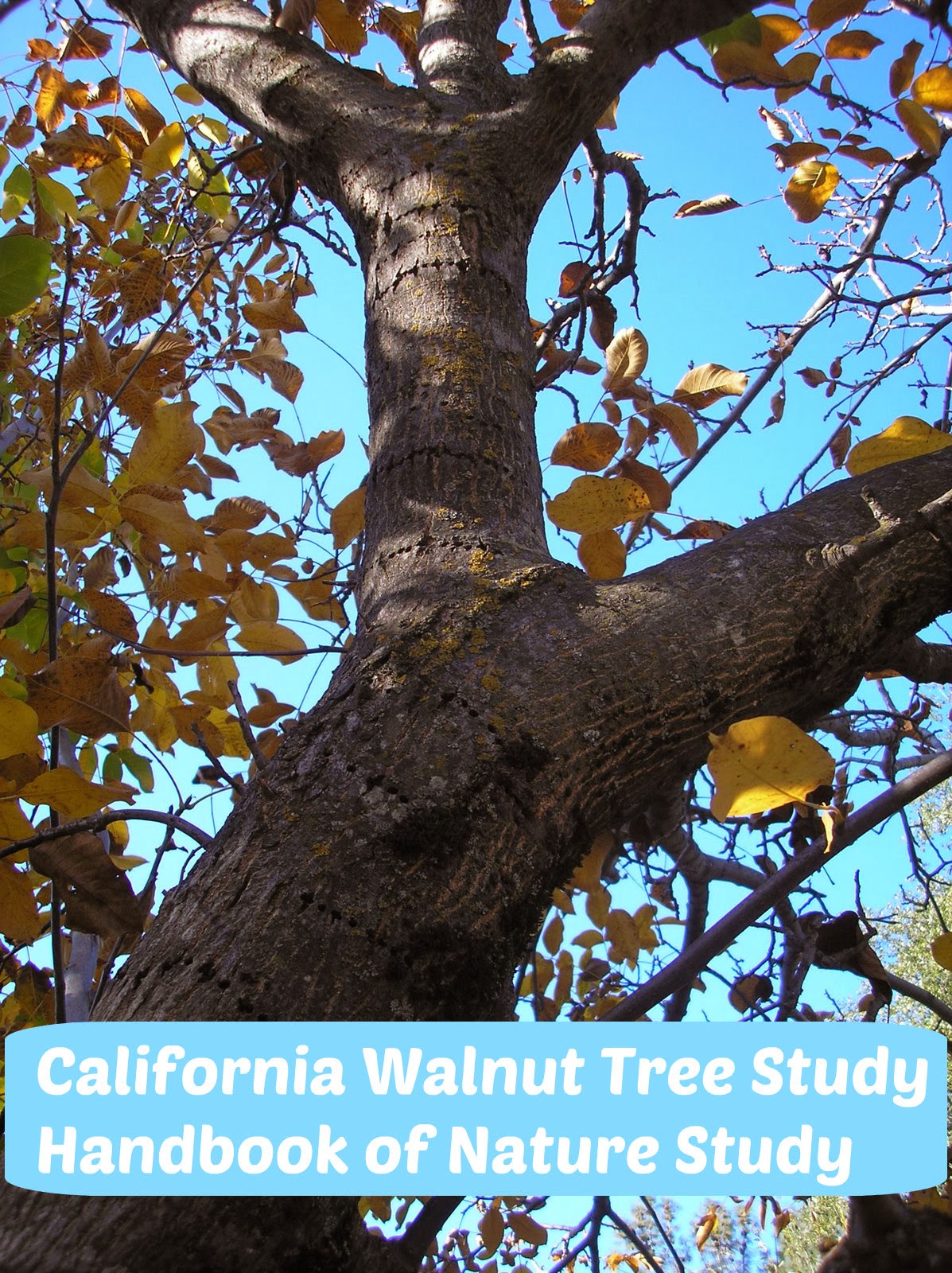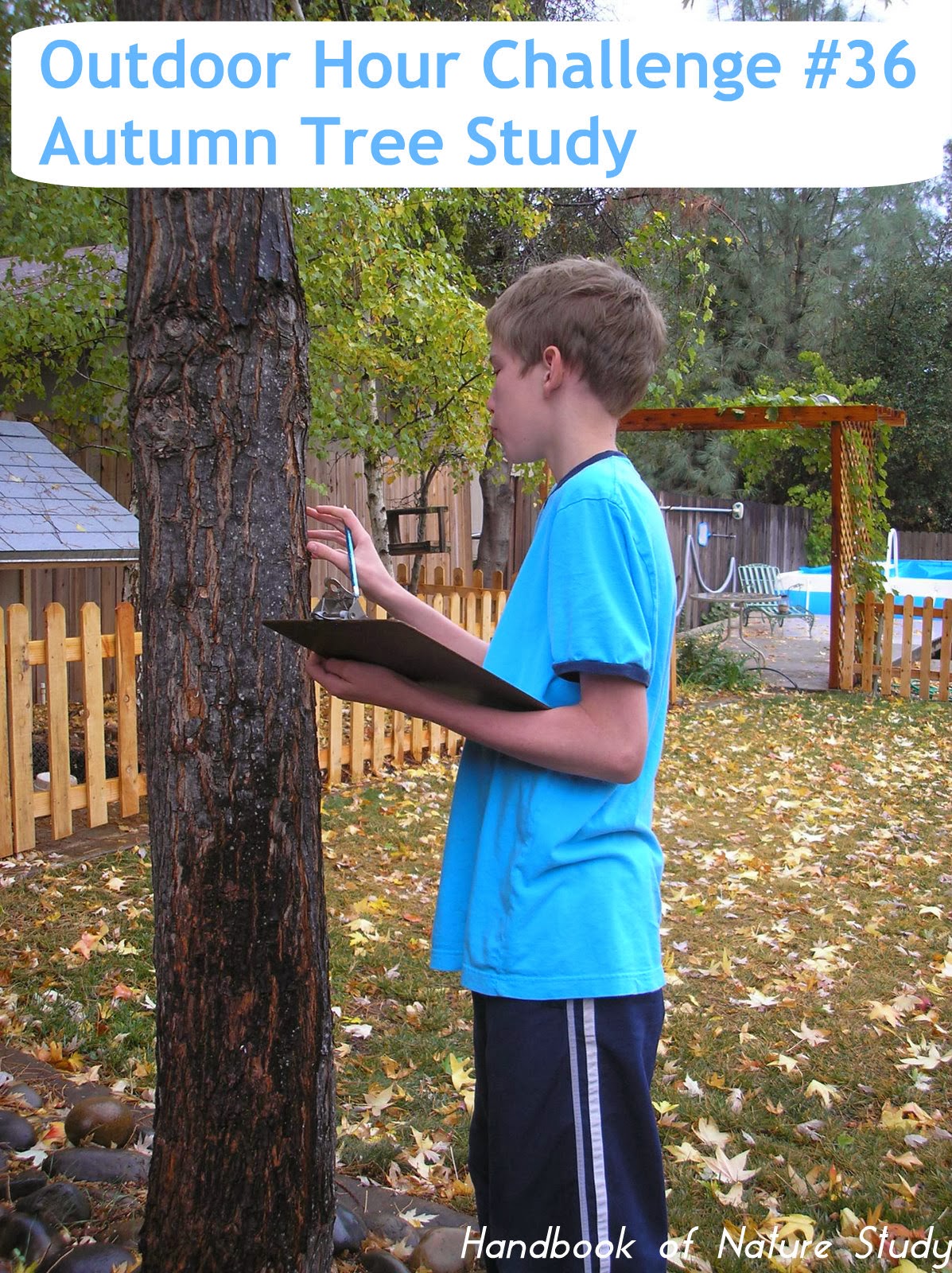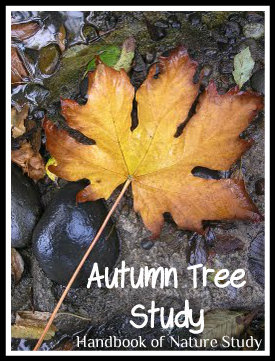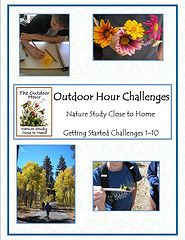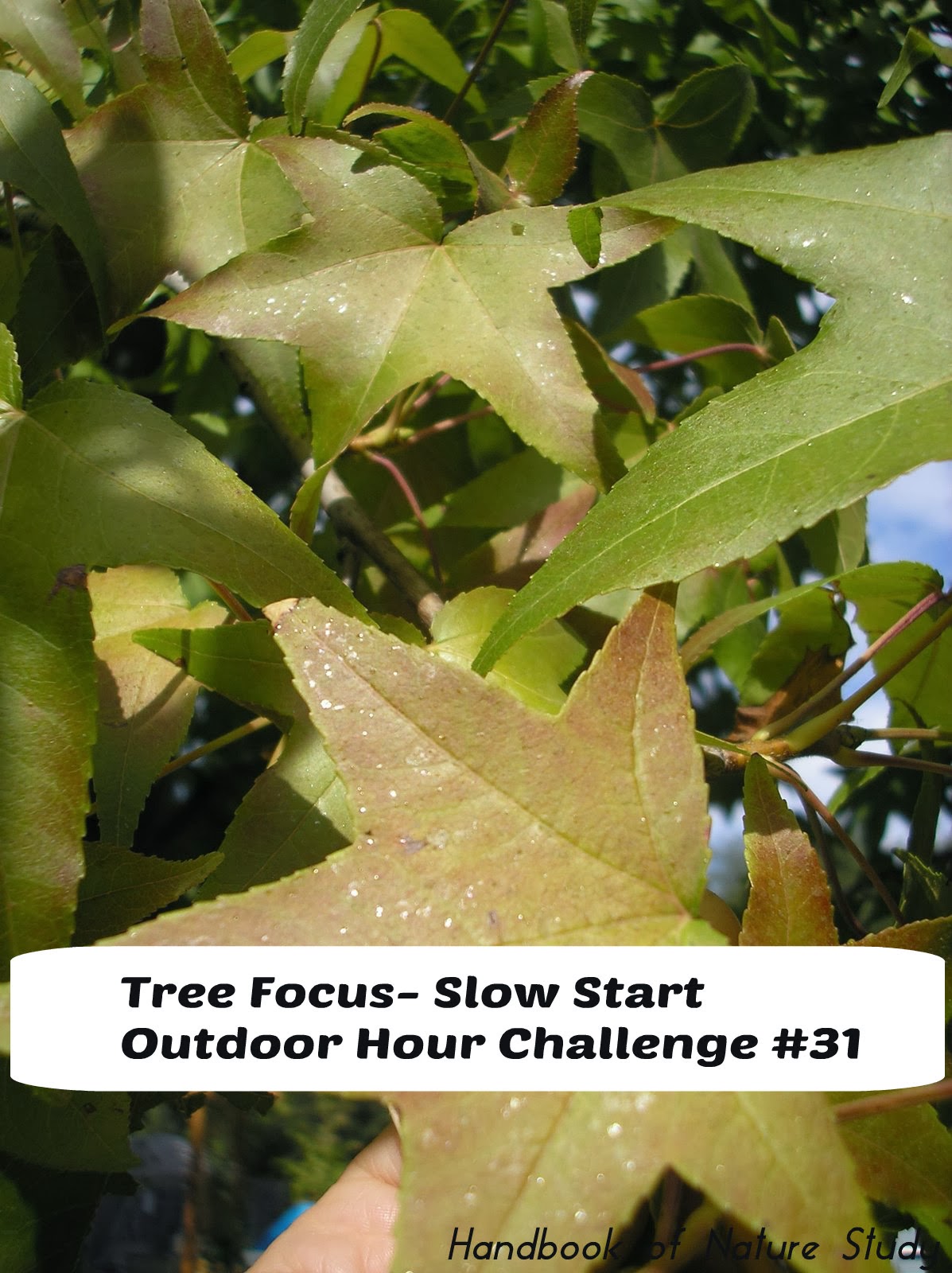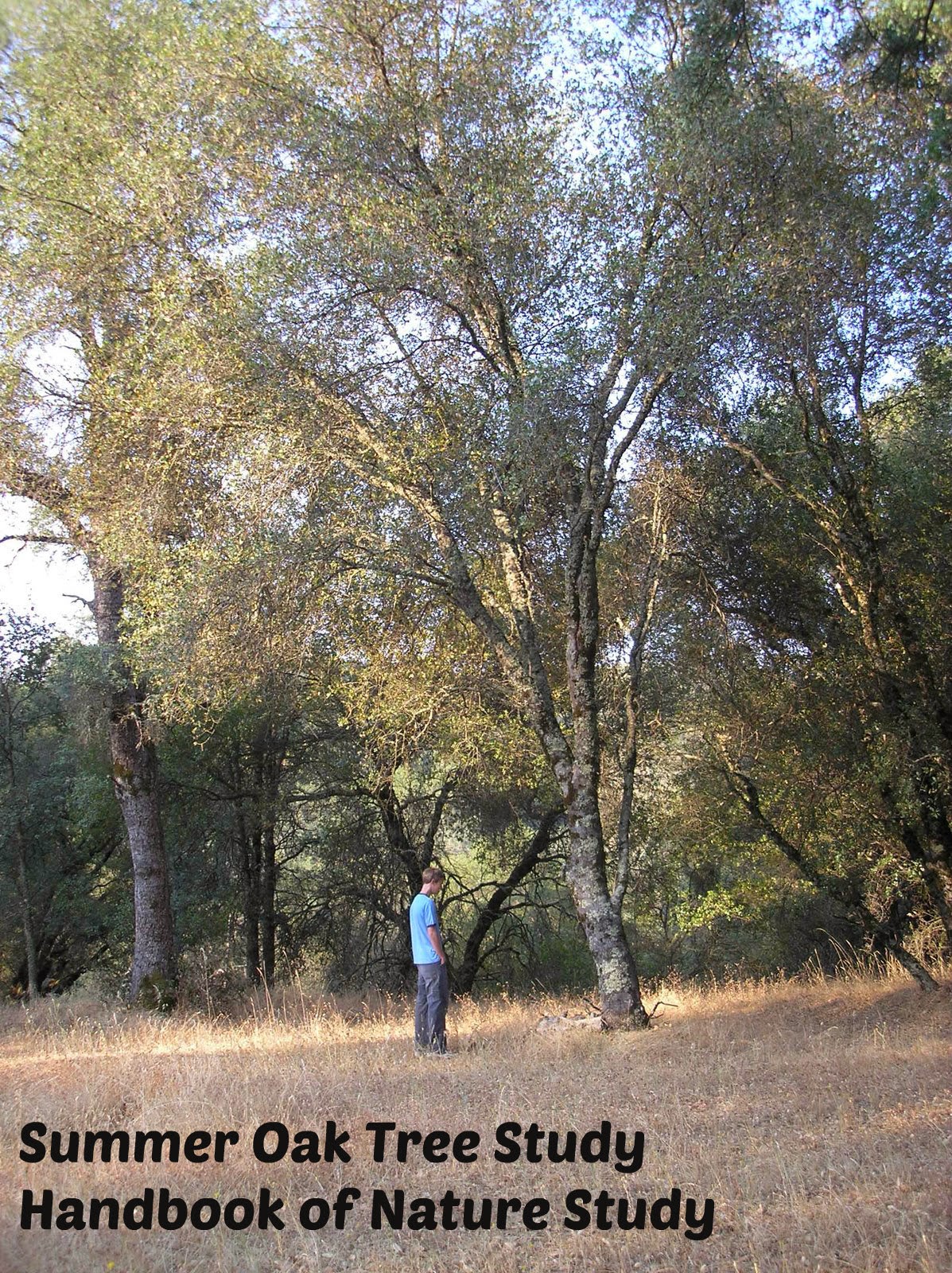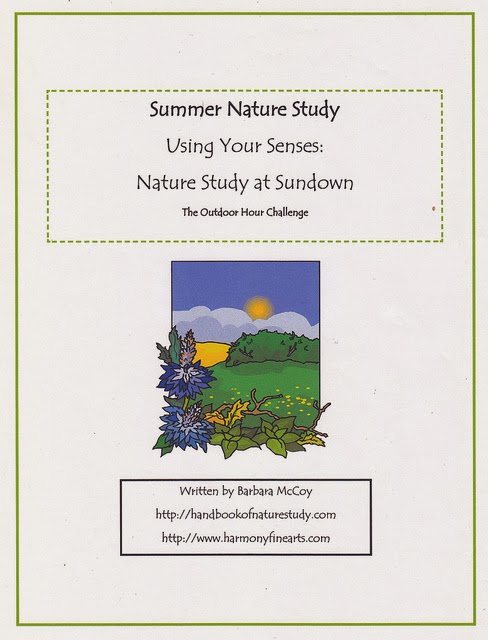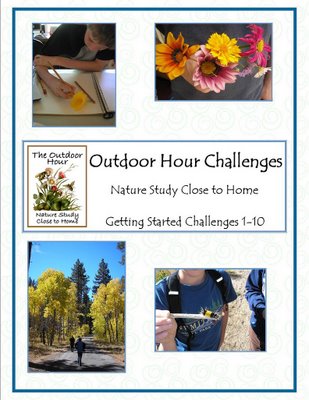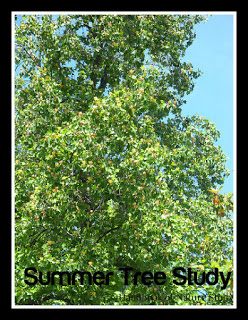“Besides appreciating the world, observing nature develops other mental powers-ability to focus, to tell things apart, to patiently seek answers. These things are useful in every facet of life.”
Charlotte Mason in Modern English, volume 1 page 61
With each new season we learn more about the natural world and the wonderful cycles we find in it. The seasons are a way to measure time and to learn to understand the subtle changes we find in the plants and animals that live close to home. (Gen. 1:14) We started a year-long tree study nine challenges ago and it should be a good time to make our next seasonal observation.
“And what about those six trees that the children were watching since winter? Now children will see that they also flower, although those flowers may be as green as the leaves. …This is old news to grown-ups, but a good teacher will present all knowledge as new and exciting by imagining himself in the place of the child and being amazed with him.”
Charlotte Mason in Modern English, volume 1 page 53
Your tree should have leaves for this season’s observation and if you were not able to identify your tree before, this should help you do so at this time. If you are just starting your year-long tree study, consult the Handbook of Nature Study’s table of contents for trees and see if you can find a tree that you have close by your home. Turn to the corresponding section and it will give you lots of ideas for learning about your tree. You are not limited to the trees covered in the Handbook of Nature Study but if you choose a tree not listed, you will need to find your information either at your local library or on the internet.
Outdoor Challenge #20
Seasonal Tree Observation-Summer
1. We started a tree study project way back in Outdoor Hour Challenge #11 and made our first observations of our tree. If you would like to review this section in the Handbook of Nature Study, you will find it on pages 622-626. This week the challenge includes making the next seasonal observation of your tree. If your first observation was in spring, you are now into summer and your tree should look a little different. If you are just joining the challenges, pick a tree from your yard, your street, or a near-by park to observe over the course of the next year. Check in the Handbook of Nature Study to see if your tree is listed there and then do the reading about that particular tree. There should be some suggestions for observations that you can follow. You can use the prepared seasonal tree study page to record your observations.
2. Take your 10-15 minute outdoor time to study the tree you are going to observe over the next year. You can take photos of your tree to put in your nature journal or you can sketch the tree in your journal. If you need help with tree sketching you can use this resource.
Clare Walkers Leslie’s Guide to Sketching Trees
3. If you have additional time this week, you could complete another small square activity from Challenge #9.
4. After your outdoor time, complete your Seasonal Tree Study notebook page sheet or record your tree observations in your nature journal. Take a few minutes to talk about your time outdoors to see if there is anything that your child wants to learn more about. Follow up any interest shown.
Mini-Challenge #20 Year-Long Tree Study
This challenge can be done with or without the Seasonal Tree Study notebook page. If you have limited time or are trying to combine challenges, pick your tree and make a few short observations. Spend the balance of your time reading about your tree so that during the next season you can review what you have already learned and compare your observations from season to season.
